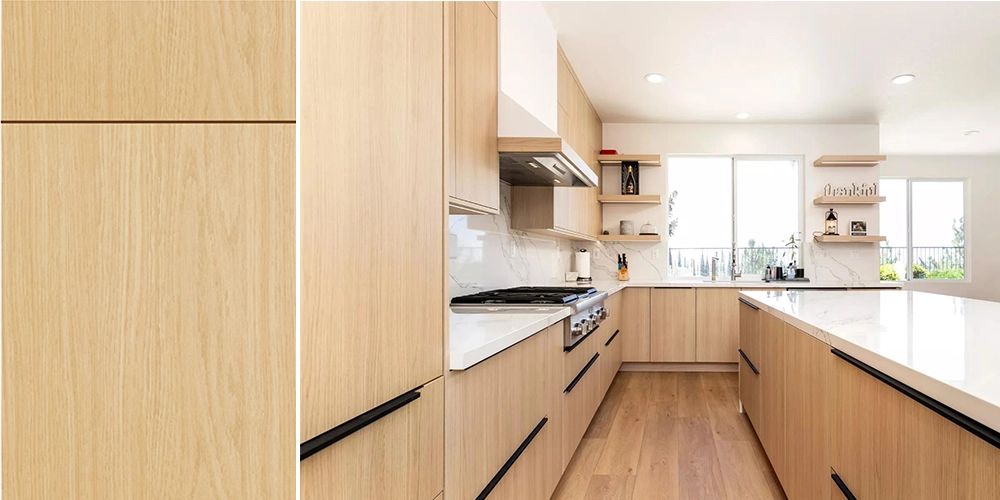- (818) 835-5888
- [email protected]

Frameless kitchen cabinets, often called European-style cabinets, are known for their sleek design, full-overlay doors, and tight reveals. However, their precise fit means even the smallest misalignments can stand out. Installing these cabinets requires careful planning, accurate measurements, and meticulous attention to detail. Below is a comprehensive guide for installing frameless kitchen cabinets, incorporating insights from experienced carpenter Aaron Butt.
Installing frameless kitchen cabinets combines craftsmanship, problem-solving, and precision. While it’s a more complex process than installing framed cabinets, the clean and modern look of frameless cabinets makes the effort worthwhile.
